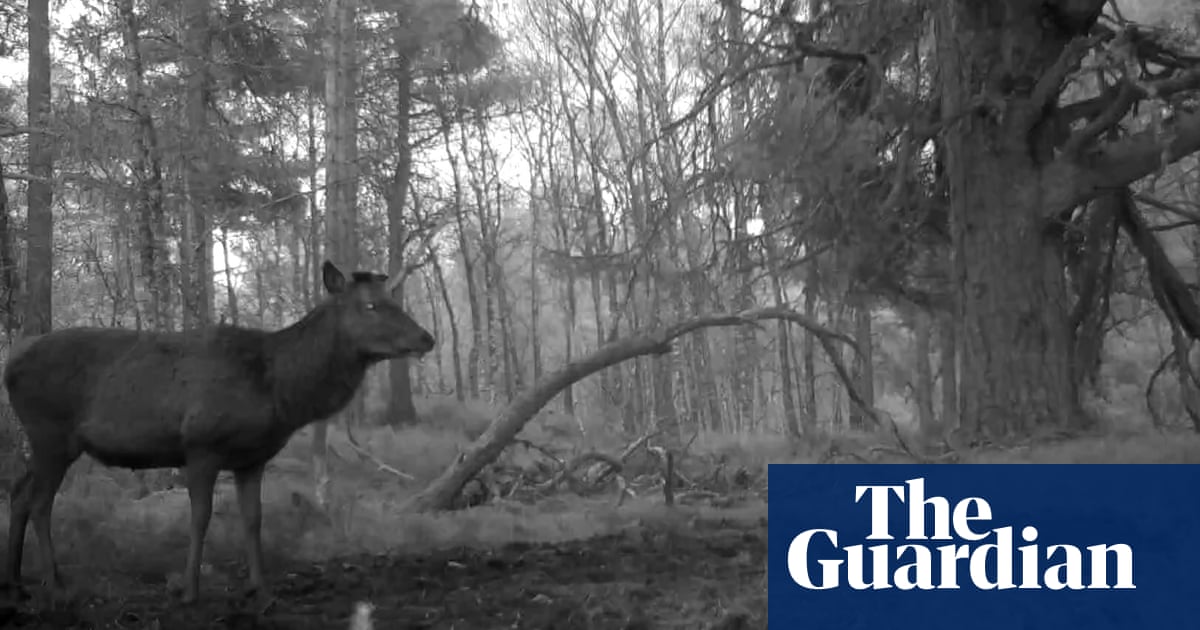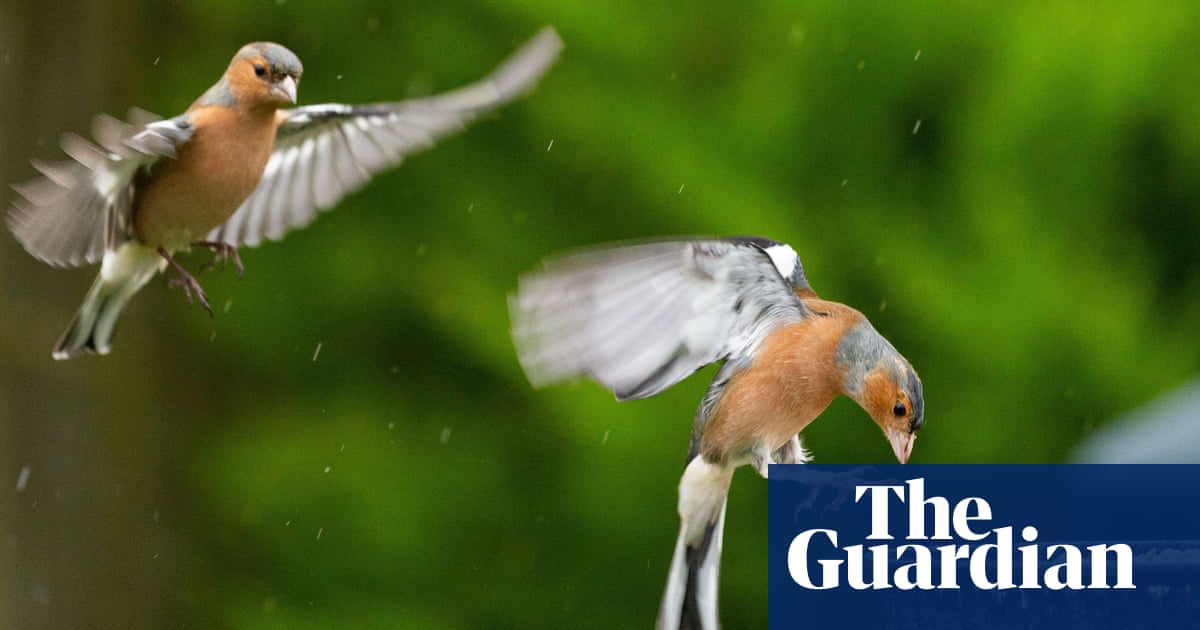
or the tenth time this spring, I’ve come here to catch sight of migrating ring ouzels. I suspect that of all the species that trigger impassioned responses among birdwatchers, this is the bird least known to the British public.
The simplest explanation for both these responses is that ring ouzels are wild, upland loners that are getting scarcer almost annually. Today, there are 15,000 spread thinly from northern Scotland to Cornwall. Writing 108 years ago, WH Hudson described finding 40 to 50 breeding pairs near this spot. Now, I doubt I could take you to more than one.
Another key explanation for this bird’s enduring appeal is that it triggers simultaneously the full shock of the other, alongside feelings of deepest familiarity. Ring ouzels look like blackbirds, except for a white or milky-tea quarter-moon across the chests in males and females respectively. As Hudson observed, the real joy of the beast is the revelation that “our” favourite garden thrush has a hitherto-unknown feral twin.
Naturalists love these pairings and the fine-tuned parings that they demand. It means that every year, spring or autumn – when ring ouzels move through our islands using a series of traditional stopping places – observers must check every single distant, vaguely interesting blackbird until it faces them and confirms its ordinariness. But on every 10,000th occasion, a “blackbird” will turn and all the magic of a ring ouzel unfolds.
The key to that rare moment is understanding a sequence of thrushy nuances: the longer wings and a frost-edged character to a ring ouzel’s back and coverts, as well as the rattling neurotic element in its voice. Before everything, however, it is the inexplicably fearful, unapproachable genius of the creature that makes most sightings so fleeting, and the speed of detection so critical.
For me, these fine-grained discriminations make a nonsense of the traditional Romantic idea that science diminishes our love and experience of nature; or as Wordsworth proposed, “We murder to dissect”. Ring ouzels are the living outer expressions of an inner revelation that knowledge, including careful rational diagnosis, is no barrier to our encounter with nature, but a fundamentally entwined element in a self-perpetuated, life-loving affair.












